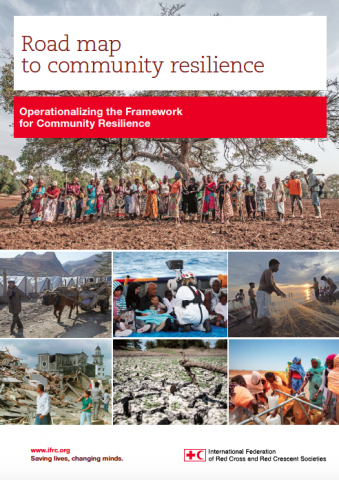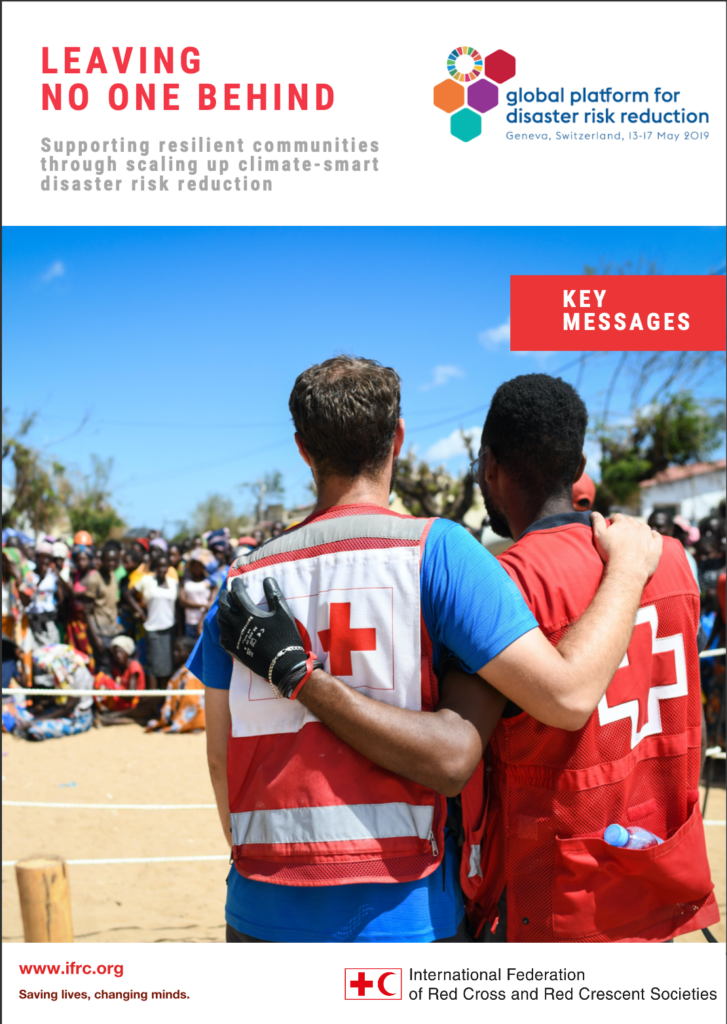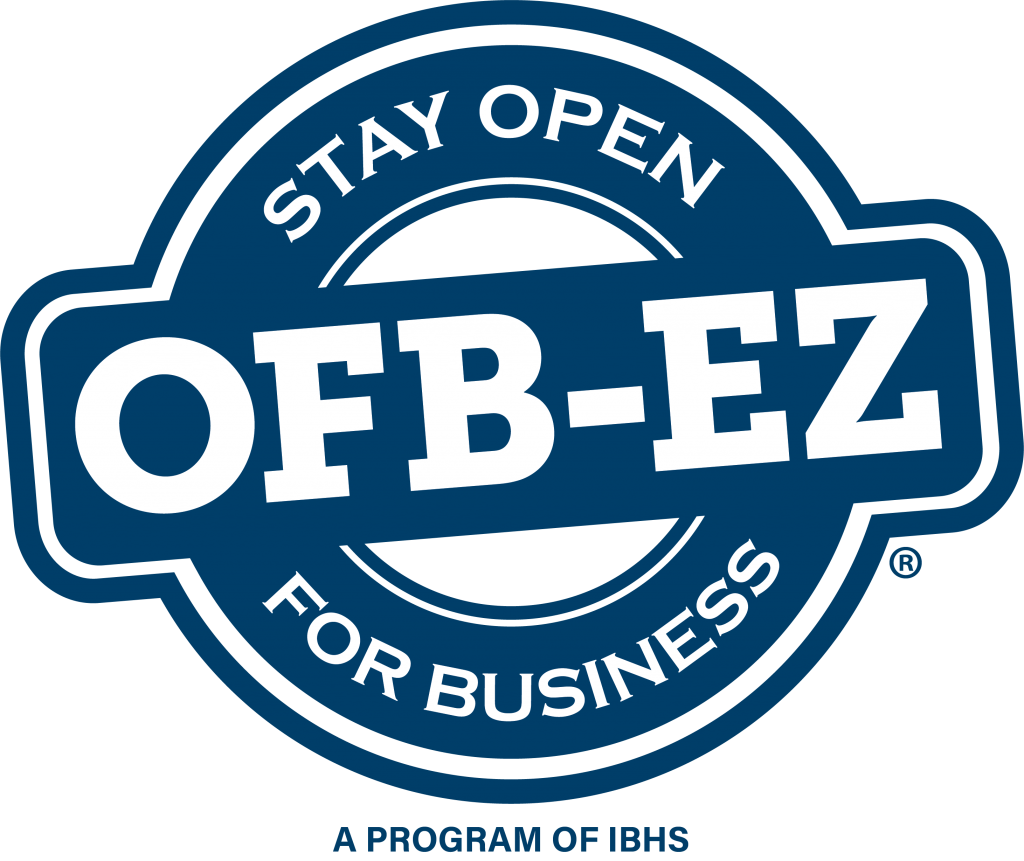Road Map to Community Resilience
The Road Map to Community Resilience (Road Map) is for National Society staff and volunteers, and IFRC and its operational partners, who want to help communities become safer and stronger. The Road Map provides step-by-step guidance on how to operationalize the International Federation of Red Cross and Red Crescent Societies’ Framework for Community Resilience […]
Road Map to Community Resilience Read More »






